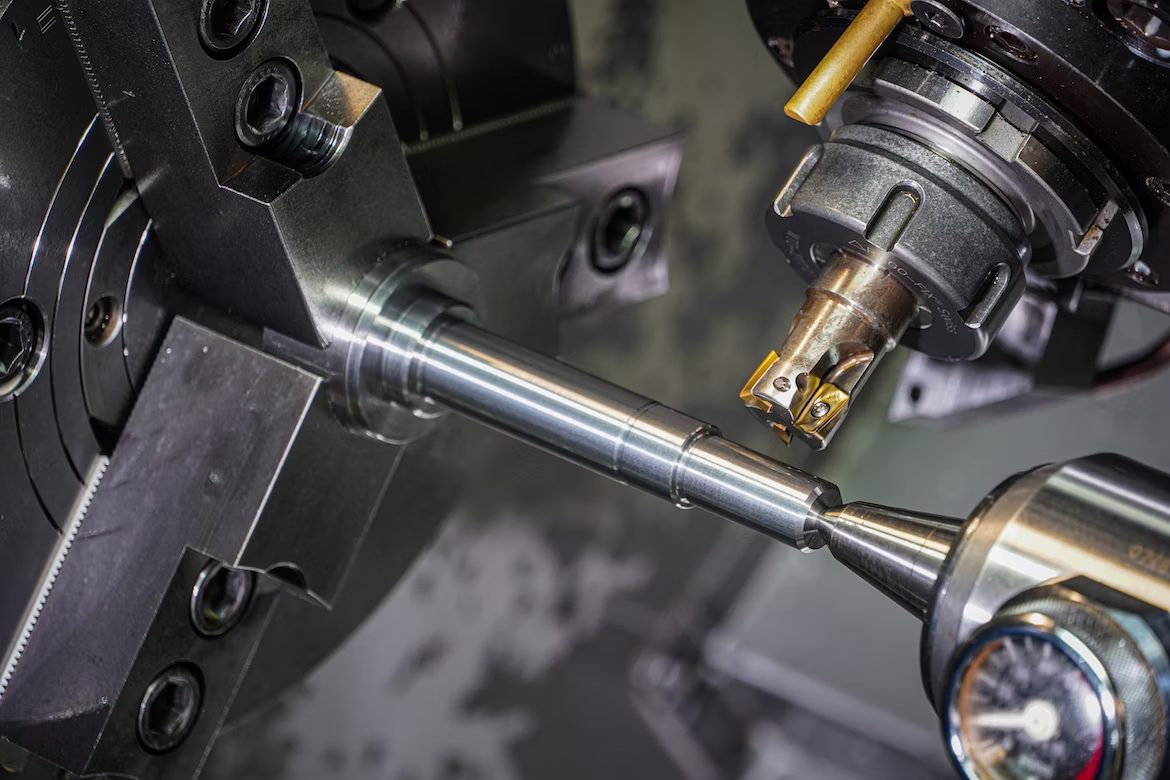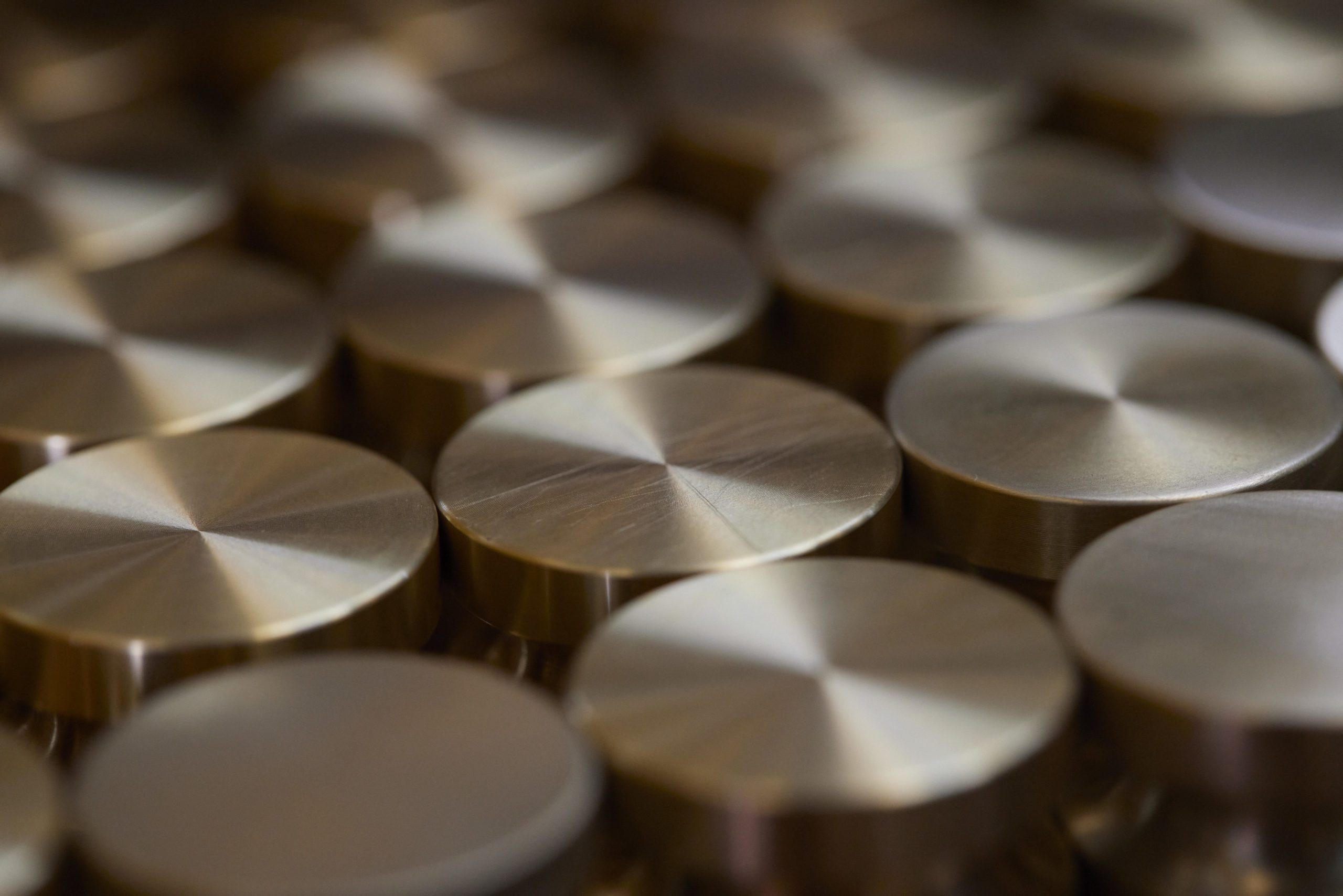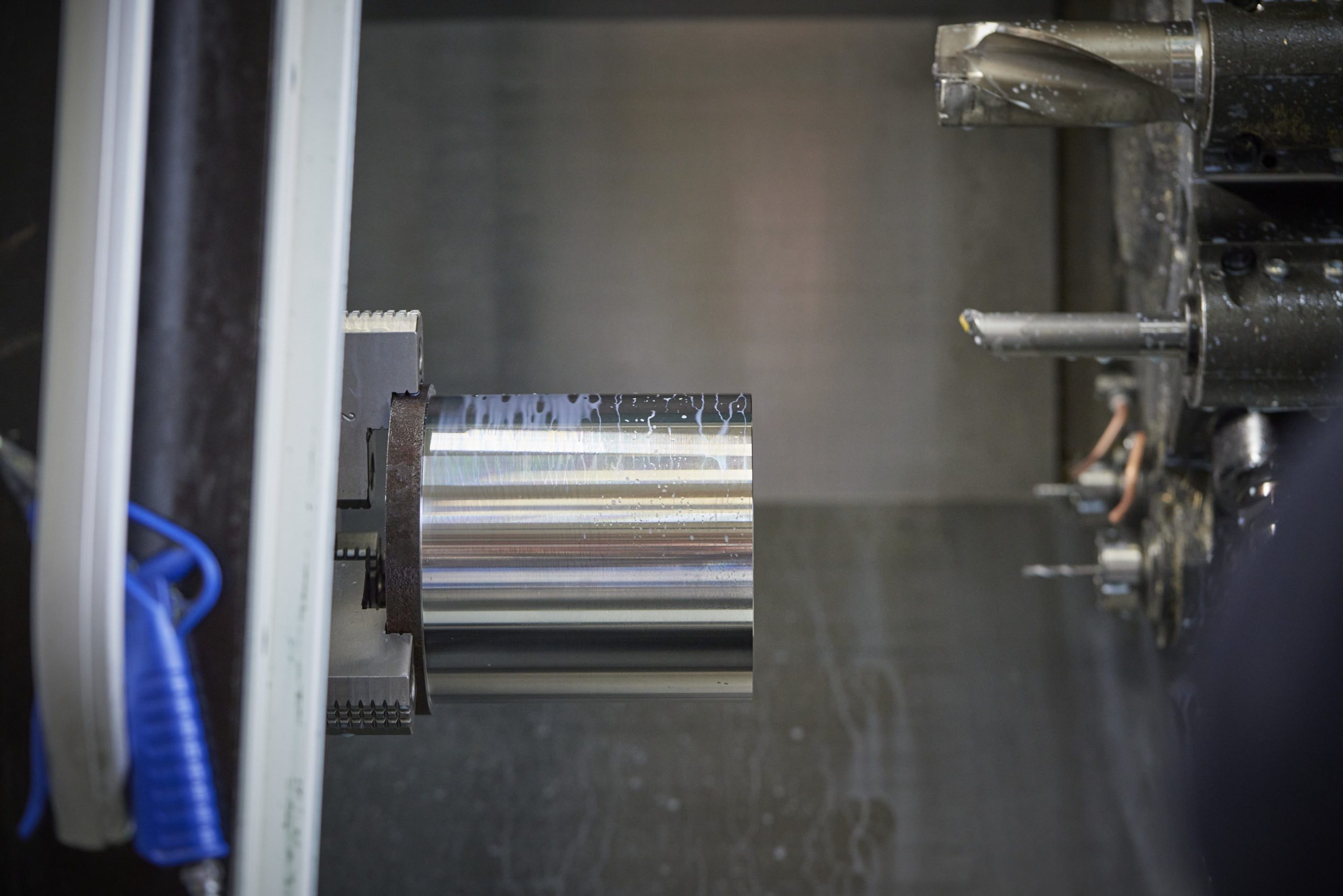The terms ‘milling’ and ‘turning’ are often used interchangeably in the manufacturing industry. However, these two CNC machining processes are actually quite different.
Here at Kenworth Engineering, we offer a range of CNC machining services – including CNC milling and CNC turning. We cover a variety of industries – from automotive and renewable energy to medical and pharmaceutical. Ultimately, we produce high-precision parts and components to the exact specifications of your brief through CNC machining processes.
In this blog post, we’ll take a closer look at the key differences between CNC turning and milling so you can decide which process is best for your project.
What is turning?
Computer numerical control (CNC) turning is a process where a computer controls a lathe to create precise, custom parts. The operator inputs the desired dimensions and shapes into the computer and then programs the lathe to cut the material accordingly. The CNC turning operations process is extremely versatile and can be used to produce everything from small, intricate parts to large, industrial components.
What is milling?
CNC milling is when a computer-controlled milling cutter removes material from a workpiece to form the desired shape. Milling operations can be used to devise exact shapes and designs, making it ideal for creating parts for machinery or other objects that require tight tolerances. In addition to being precise, CNC milling machines can also be very fast, making them a popular choice for production work.
CNC milling can also work with various materials, including metals, plastics, and composites. The process is often used to create complex shapes that would be difficult or impossible to complete using other methods.
Kenworth Engineering has an impressive range of CNC milling machines including both 3-axis and 5-axis models. Our milling machining processes are fitted with a wide range of cutting tools so that we can meet all your CNC machining requirements.
How do the turning and milling processes compare?
There is one big difference between CNC turning and milling. CNC turning is typically used to create cylindrical parts, while CNC milling can be used to make parts of diverse shapes and sizes.
As we move past the initial set-up, we start to see the key differences between the two CNC machining processes. Both methods begin with a piece of stock material held in place by a chuck or vice.
In CNC turning, the stationary cutting tool is placed against a turning stock material to make the desired shape. The CNC turning center stays secured while the material rotates at high speed, producing cylindrical parts.
At Kenworth Engineering, we have the latest advanced CNC lathes that can produce more sophisticated turned parts with squared and hexagonal geometries. Whether your project requires a multi-point cutting tool, CNC turning centers or production turn – we have the machinery in place to produce high-quality components.
On the other hand – with a CNC milling machine, the cutting tool moves in a more intricate fashion, allowing for the creation of more complex elements. In this process, the cutting tools can move horizontally, vertically, or in a spiral motion, depending on the needs of the project.
Should you use turning or milling?
When choosing between CNC turning and milling processes, you need to consider the size and complexity of the part, the desired surface finish, and the type of material. CNC turning is well suited for creating small to medium-sized parts with a smooth surface finish. In contrast, CNC milling can be used to create larger and more complex parts with a variety of surface finishes.
Reach out to the Kenworth Engineering team to find out more about CNC turning and milling – and which process is best for your business.


